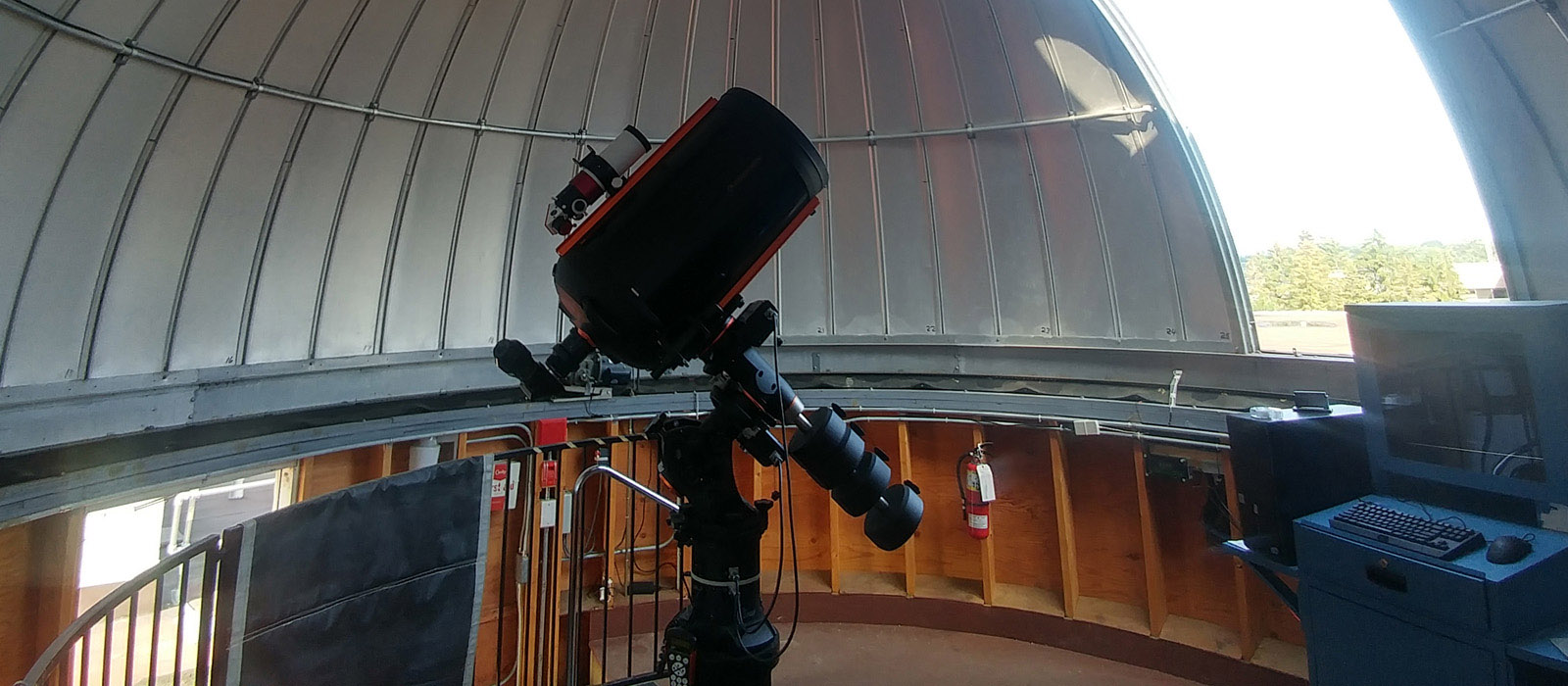
Experimental Particle Physics
Dag Gillberg
Project 1: Jet calibration using the 'forward folding' technique. The most common fundamental particles produced at the Large Hadron Colliders are quarks and gluons. However, as a high energetic quark or gluon emerges from the collision point, it will undergo so-called hadronization and produce a collimated spray of particles known as a jet. Jets are hence extremely common at the Large Hadron Collider and very important for most of the physics analyses. This project is about investigating the potential of using a new technique called ‘forward folding’ to measure the ATLAS detector's response to jets. The two key quantities to be extracted are the mean jet detector response and the associated resolution. The forward folding technique is based on convolution. The aim of the project would be to investigate the use of this technique with ALTAS Z+jets data and simulation, which is something that has not been done before.
Project 2: Visualization and statistical compatibility tests of unbinned data. Most analyses at ATLAS that measure distributions provide and analyse these as histograms. However, new machine learning-based techniques have started to produce unbinned measurements, provided as event-datasets. Presenting such measurements as histograms does not do them justice: it would be better to construct a smooth function based on the unbinned data, which is possible using Gaussian Kernels, and perhaps other similar techniques. This project would be to investigate easy to visualize unbinned measurements, and quantify the uncertainties. In part it would include a literature review - looking if this problem already has been encountered in other fields. The goal would be to find a good way to visualize unbinned data for particle physics applications, and if times permit, investigate how to compare two different spectra to see if they are compatible or not within uncertainty.
Jesse Heilman
Recent advances in design and manufacture of pixelized silicon-based sensors, known as GridPix sensors, have opened up an avenue for innovation in the development of Pixelized Time Projection Chambers based on this technology. Based on the TimePix CMOS sensor developed by the MediPix collaboration at CERN, a GridPix leverages an amplification mesh grown on the sensor’s surface to increase the number of electrons incident on an individual pixel in a similar fashion to a MicroMegas detector. By amplifying the electron signal immediately before detection on the sensor, a GridPix TPC can then leverage the low multiple scattering of gaseous detectors with the high granularity of solid-state technologies to track the passage of ionizing radiation to extremely high levels of precision. A TPC based on GridPix sensors is a candidate technology for future particle physics experiments.
Interested students would work on the design and construction of a small GridPix based TPC for R&D purposes. Students would gain experience with the design and operation of gaseous particle detectors, high voltage systems, gas distribution systems, electronics readout technologies, and a working knowledge of particle physics concepts.
Simon Viel / Mark Boulay
DEAP-3600 is a liquid argon detector located underground at SNOLAB, searching for dark matter and other signals such as solar neutrinos. Physics data collection with liquid argon restarted in 2025, in the upgraded detector configuration. Analysis projects are available using these new data, in addition to the earlier 2016-2020 dataset.
Simon Viel / Razvan Gornea
The EXO-100 cryostat located in Herzberg Laboratories at Carleton is used for research and development in support of the nEXO experiment that is proposed to search for neutrinoless double beta decay in liquid xenon. Our current objective is to test ultraviolet-sensitive silicon photomultiplier tiles in liquid xenon. Depending on the time at which they join this project, students will have the opportunity to participate in simulations, detector construction and operation, data collection and analysis.
